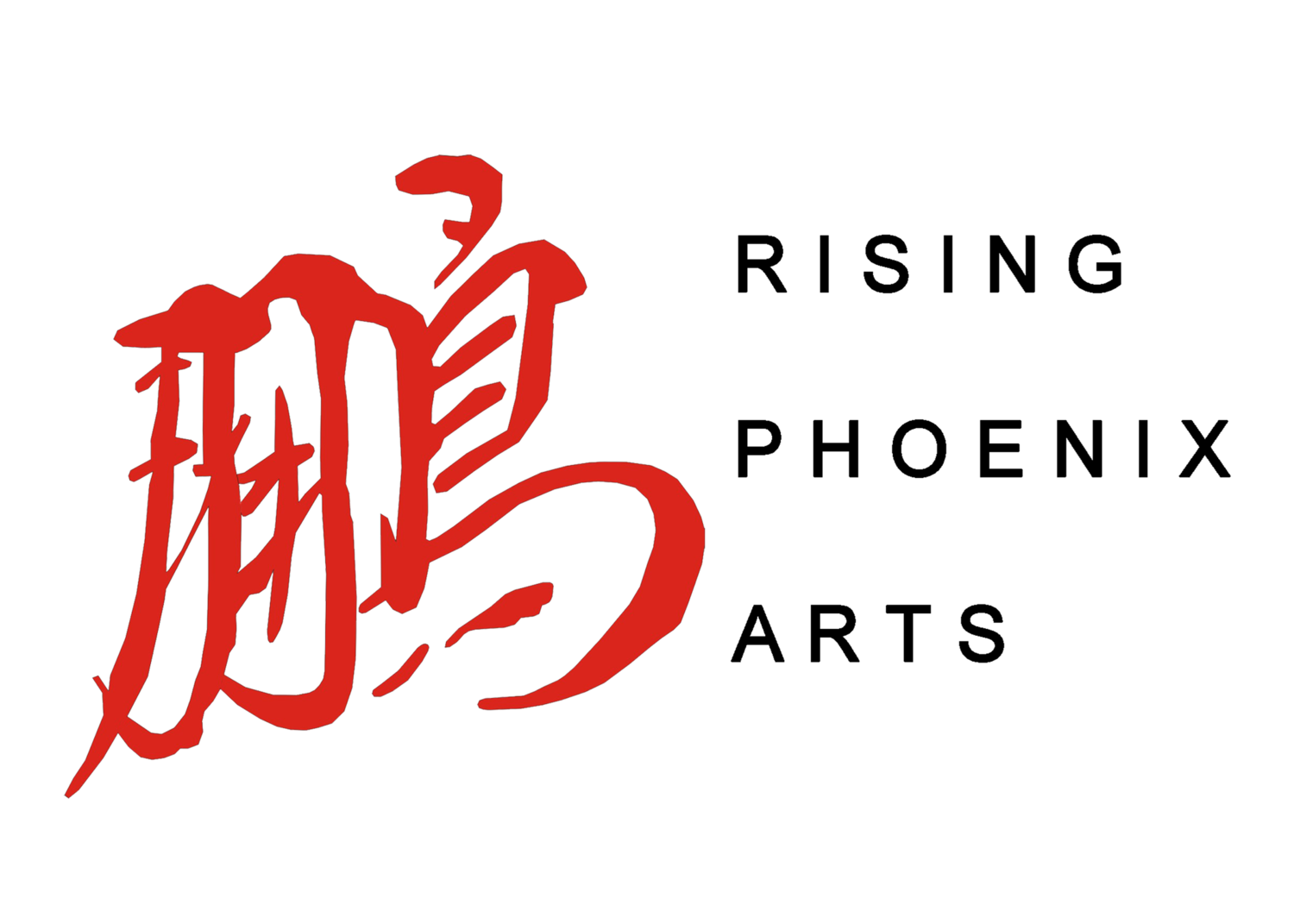Frog in a Teacup
Frog in a Teacup
Available as print or original artwork on elegant gold-fleck shuen paper, this image can be bought as a 5 x7 or an 8 x 10 image (originals in 8 x 10 only). Picture will come in an 8 x 10 or 11 x 14 white matte (with black core), respectively, ready to frame. The one shown has the character for “Love,” but any number of characters can be chosen from the Calligraphy Shop to customize it to you. Consider the character for Abundance, for example.
On Frogs
In Chinese traditional culture, frog represents the lunar, yin energy – known in the West as the “Divine Feminine,” although it is an energy accessed and used by all, regardless of sex or gender. Whether you are a man or a woman, Yin is the part of our consciousness responsible for nurture, intuition, and empathy. When yin energy is at work, for example, we find collaboration over competition, intuition over intellect, creation over destruction, and nurture over criticism.
Frogs, being amphibians, are comfortable both above and below the surface. The spirit of frog is deeply sensitive and connected to the Water Element, which carries with it connotations of the subconscious, emotions, healing, and purification. Because frogs also undergo a metamorphosis, they encourage us, too, to embrace change joyfully throughout our lives.
A small and plucky container for all of these wonderful traits, Frog is thought to be a protector and healer, on the physical and metaphysical planes. He will protect your health and wealth (many Chinese homes have a “money frog” statue to attract material success); as well as help you navigate the shadow realms of your own psyche, learning to see and accept even the most “unacceptable” parts of yourself and thus, letting the beauty of your true self shine, like the sun coming out after a good rain.
On Tea
There is a traditional Chinese parable about a student who goes to his teacher, the famous Chinese master, Zhao Zhou. He is invited into a small hut and told to sit down at a table where an old monk is already sitting. “Please tell me the meaning of the Buddha,” the student says. Zhao Zhou replies, “Drink some tea.” A second student comes by and asks, “What is truth?” Zhao Zhou says, again, “Drink some tea.” The old monk finally rouses himself and wonders aloud why the master keeps telling everyone to drink tea instead of answering their questions, and Zhao Zhou turns to the monk and says, “You drink some tea, too.”
The parable symbolizes the importance of the act of drinking tea in Zen Buddhism. Today we know the physiological benefits of tea – anti-oxidants, a preventative for cancer, building immune function, etc. But the psychological benefit lies in the act itself. The purpose of drinking tea is to be in the present. Focusing on the fragrance, the subtle color, the tea leaves lolling on the bottom, the warmth of the cup. Savoring details in this way is to be in the present and it is a meditative act. Memories and brooding of the past, frenetic planning for the future all fall way. “Presence through action.” This is an art form in Buddhism, and tea drinking symbolizes simplicity – stripping away ego and excess. Tea is a symbol for a simple, peaceful, healthful life, but is also a means to effect one.
On Red Ribbon
Red ribbon can be tied around good luck items in feng shui to “activate” them. The color red is also thought to stop creative energies from draining away.
On Windchimes
Wind chimes attract good fortune, for they deflect negative chi, chase away harsh or dull sounds in the environment, and stir up stagnant areas, bringing in bright, new, and healthy energy in its stead.






